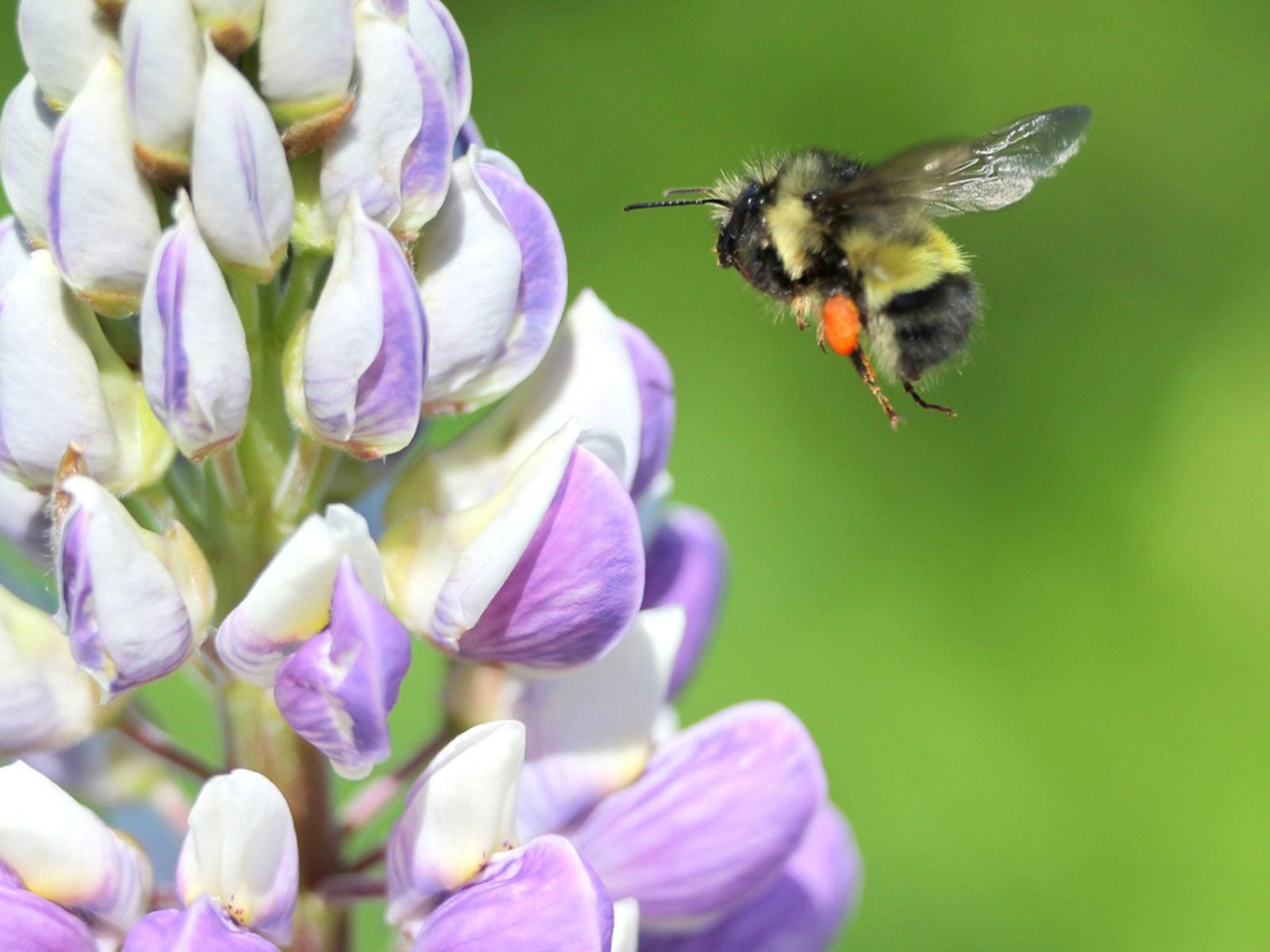Pacific Northwest Native Pollinators: Native Northwest Bees And Butterflies


Pollinators are a crucial part of the ecosystem and you can encourage their presence by growing plants they like. To learn about some pollinators native to the northwestern region of the U.S., read on.
Pacific Northwest Native Pollinators
Native northwest bees are champion pollinators, buzzing as they move pollen from plant to plant in early spring to late fall, ensuring the continued growth of a wide range of flowering plants. Butterflies aren’t as effective as bees, but they still have an important role to play and they are especially drawn to plants with big, colorful blooms.
Bees
The obscure bumblebee is native to the West Coast, from northern Washington to southern California. Common plant hosts include:
Sitka bumblebees are common in the coastal areas of the western United States, from Alaska to California. They like to forage on:
- Heather
- Lupine
- Roses
- Rhododendrons
- Asters
- Daisies
- Sunflowers
Van Dyke bumblebees have also been spotted in western Montana and Idaho’s Sawtooth Mountains.
Yellow head bumblebees are common in Canada and the western United States, including Alaska. Also known as yellow-fronted bumblebees, this bee forages on geranium, penstemon, clover, and vetch.
Gardening tips, videos, info and more delivered right to your inbox!
Sign up for the Gardening Know How newsletter today and receive a free copy of our e-book "How to Grow Delicious Tomatoes".
The fuzzy-horned bumblebee is found in the western states and western Canada. It is also known as the mixed bumblebee, orange-belted bumblebee, and tricolored bumblebee. Favored plants include:
- Lilacs
- Penstemon
- Coyote Mint
- Rhododendron
- Common Groundsel
Two-form bumblebees are at home in the mountainous areas of the western United States. This bee forages on:
- Aster
- Lupine
- Sweet Clover
- Ragwort
- Groundsel
- Rabbitbrush
Black-tailed bumblebee, also known as orange-rumped bumblebee, is native to the western United States and Canada, in an area extending from British Columbia to California and as far east as Idaho. Black-tailed bumblebees favor:
- Wild Lilacs
- Manzanita
- Penstemon
- Rhododendrons
- Blackberries
- Raspberries
- Sage
- Clover
- Lupines
- Willow
Butterflies
The Oregon swallowtail butterfly is native to Washington, Oregon, southern British Columbia, parts of Idaho, and western Montana. Oregon swallowtail, easily recognized with its bright yellow wings marked with black, was named Oregon’s state insect in 1979.
Ruddy Copper is commonly seen in the western mountains. Females lay their eggs on plants in the buckwheat family, primarily docks and sorrels.
Rosner’s Hairstreak is commonly found in British Columbia and Washington, where the butterfly feeds on western red cedar.

A Credentialed Garden Writer, Mary H. Dyer was with Gardening Know How in the very beginning, publishing articles as early as 2007.